Vaqueros and Buckeroos by A.R. Rojas – third edition
$25.00
Product Description
An Alamar Classic Reissue
A Sequel to “These Were The Vaqueros”
Preface
In the following pages, for the second time, the writer has made an attempt to give a factual account of the vaquero and buckeroo from a vaquero’s point of view.
Many books have been written on this subject and this book does not pretend to compete with them. Its aim is to present to the reader a simple account of the vaquero’s method of working and way of life, and the dangers and hardships he met in following a calling, which in spite of millions of words written in “Western” books, the public knows nothing about.
The writer has endeavored to keep the narratives of the vaquero’s experience short, without padding, in a conte form, so that they may be read without boredom.
The shortcomings of this book can be laid to the author’s lack of schooling, not to the vaquero or buckeroo, whose lives were of great interest; and until some great writer sees the promise for the author in the vaquero’s experiences, and writes them, the reader will have to bear with this writer’s poor efforts; but if the manner of telling is not all that could be desired, teh material can be relied on, for these stories were told from experience and observation, and in no case, second hand, the object of this writer being to set down facts.
In the following pates, I do not sound the depth of California’s Hispanic culture nor trace the currents of the Californian’s life, I can only scratch the surface of a righ heritage, becuase the old people are gone forever. I would leave the task fo an abler pen. I write only of thsoe men who rode horsess for the ride’s sake.
paperback, photos and illustrations, 565 pgs.
About the Author
Arnold R. Rojas (1896 – 1988) or “Chief Rojas” as he was known, has the distinction of being the most celebrated chronicler of the life and lore of California’s Vaqueros. He did this in a series that he didn’t start publishing until he was into his mid-50s, his first, “The California Vaqueros” in 1953. Ultimately he would publish seven books over the years, the final one being, “Vaqueros and Buckaroos” in 1979. He wrote about what he knew and loved — the life and ways of the old California vaqueros — men he rode and worked with for over fifty years. Lucky for us, he wrote down the memories of all those years for as he said, “These are stories as seen through the eyes of old vaqueros, they are something of the splendor of those days, for there will never be another cattle ranching era in California that produced such men.”
His was a style of grace, never of anger. Of that fact, he wrote, “If I wrote in a lighter vein, it is because most vaqueros and buckaroos never took life too seriously. If what was written was pleasantry, it is because my experiences were pleasant. If I do not write of hatred, it is because I saw none.”
He was a voracious reader and yet never progressed beyond the third grade in formal education, rather he worked at what he knew – as a vaquero throughout the central part of California in and around the vast San Joaquin Valley. In his writing, he constantly asserted the importance of the quiet pride the vaquero took in his work. He would, I believe, be pleased today to see once again the vaquero of his beloved west is being remembered and respected for his fine ability with horses and cattle.
He was a true throwback, a man who showed respect for the old ways and for the viejos – the old ones. Additionally, he was an important figure in ethnic writing of the era and held an uncompromising pride in his heritage – his family coming to California in the 1820s from Sonora, Mexico. His books were part of the foundation of ethnic pride that was built upon in the tumultuous era of the 1960s. Arnold Rojas has found his place in history as an important literary contributor to the legacy of a region in the west where the horse and horsemen were king and the value of a man was placed in his character and competency, not what he carried in his pocket. Simply put, in Rojas the vaquero found their champion
You must be logged in to post a review.
You may also like…
-
Sale!
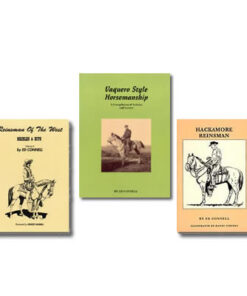
Ed Connell Collection Special
5.00 out of 5$67.95Original price was: $67.95.$60.00Current price is: $60.00.Brands:Ed ConnellAdd to cart -

Online Gift Card
0 out of 5Select options -
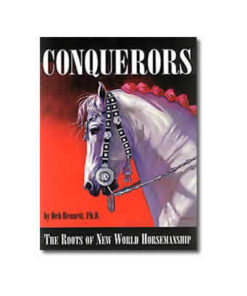
Conquerors: Roots of New World Horsemanship by Dr. Deb Bennett
5.00 out of 5$49.95Brands:Deb Bennett, Ph.D.Add to cart
Related products
-
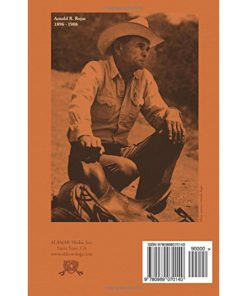
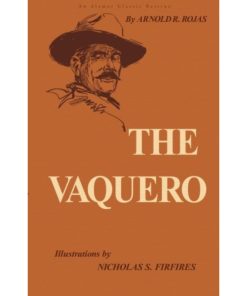
The Vaquero by A.R. Rojas
0 out of 5$20.00Brands:Alamar Media Inc.Add to cart -

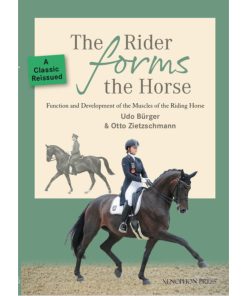
The Rider Forms the Horse: Function and Development of the Muscles of the Riding Horse By Udo Bürger and Otto Zietzschmann
0 out of 5$39.95 Add to cart -
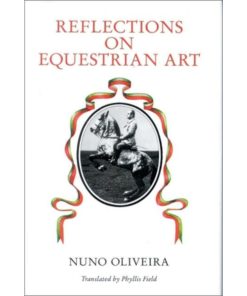
Reflections on Equestrian Art by Nuno Oliveira
0 out of 5$35.00Brands:Nuno OliveiraAdd to cart -

Understanding the Hackamore with Mike Bridges – Streaming
0 out of 5$90.00Brands:Mike BridgesPremium content -

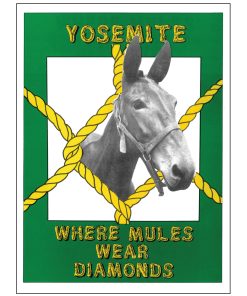
Yosemite: Where Mules Wear Diamonds By Bob Barrett
0 out of 5$19.95 Add to cart



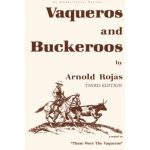
Reviews
There are no reviews yet.